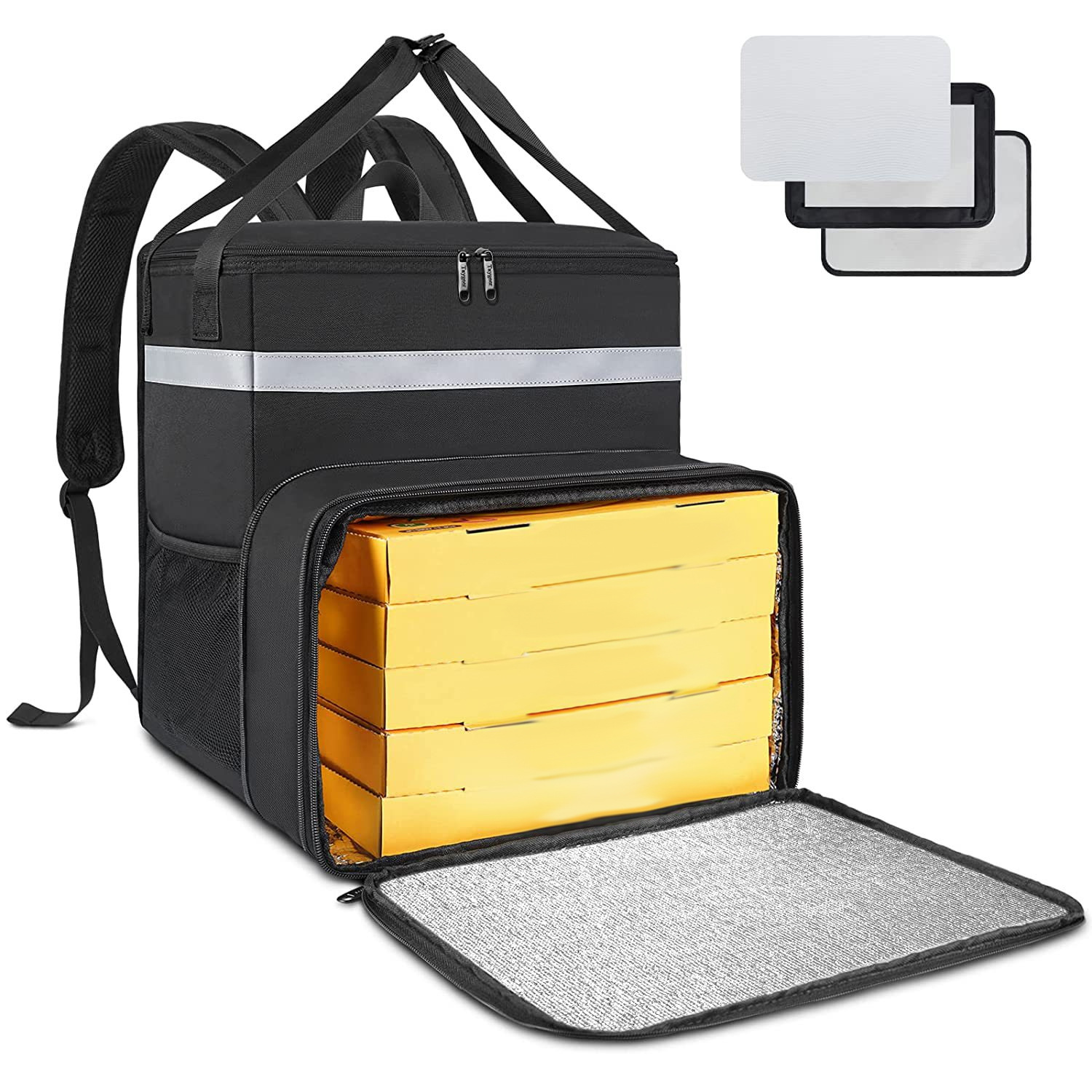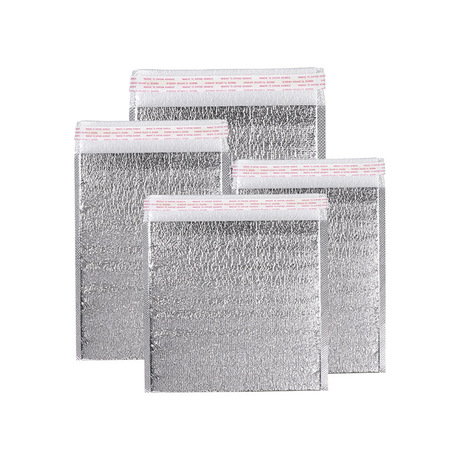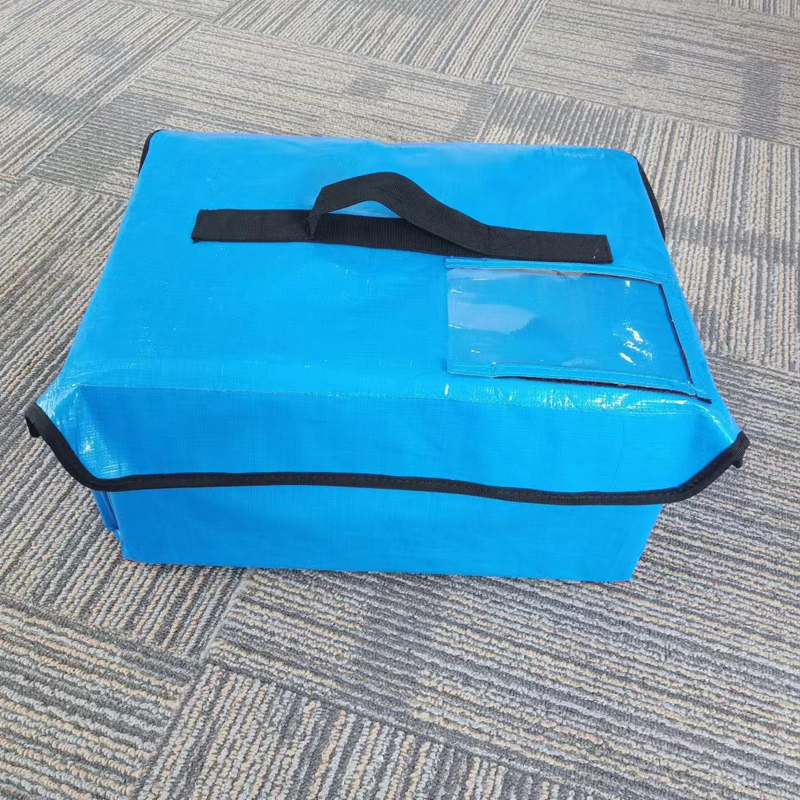1. Definição de temperatura ambiente
A temperatura ambiente é a temperatura do ar no ambiente circundante, servindo como uma quantidade física fundamental que descreve o estado da energia térmica. Geralmente é expresso em graus Celsius (°C) ou Fahrenheit (°F). A temperatura ambiente impacta não apenas o clima e o tempo, mas também os processos biológicos, reações químicas, operações mecânicas, e mais.
2. Medição da temperatura ambiente
Existem vários métodos para medir a temperatura ambiente:
- Termômetros Líquidos:
- Termômetros de Mercúrio: Utilize as propriedades de expansão térmica do mercúrio para medir a temperatura.
- Termômetros de álcool: Use a expansão térmica do álcool, adequado para medições de baixa temperatura.
- Termômetros Eletrônicos:
- Termistores: Meça a temperatura com base nas mudanças de resistência nos materiais conforme a temperatura varia.
- Termopares: Consistem em dois metais diferentes que geram uma tensão baseada na diferença de temperatura, usado para medir temperatura.
- Termômetros infravermelhos:
- Tecnologia infravermelha: Mede a temperatura com base na radiação infravermelha sem a necessidade de contato com a superfície do objeto.
3. Fatores que influenciam a temperatura ambiente
Vários fatores afetam a temperatura ambiente, incluindo:
- Radiação Solar: O sol é a principal fonte de calor da Terra, com a intensidade da radiação solar influenciando diretamente as temperaturas da superfície.
- Topografia: Recursos como montanhas, planícies, e rios podem afetar a distribuição local da temperatura.
- Corpos de Água: Grandes massas de água, como oceanos e lagos, ajudam a moderar as mudanças de temperatura, levando a temperaturas mais estáveis em áreas próximas.
- Fluxo de ar e velocidade do vento: O movimento do ar e a velocidade do vento podem acelerar a transferência de calor, afetando a temperatura em regiões específicas.
- Vegetação: As plantas liberam umidade através da transpiração, influenciando a umidade e a temperatura ambiente.
- Atividades Humanas: Urbanização, emissões industriais, e o transporte podem afetar a temperatura ambiente, contribuindo para o “efeito ilha de calor”.
4. Aplicações de temperatura ambiente
A temperatura ambiente desempenha um papel vital em vários campos:
- Meteorologia: É um indicador chave na descrição do clima e das condições meteorológicas.
- Arquitetura e Engenharia: A temperatura ambiental é considerada no projeto e construção de edifícios para garantir segurança e conforto estrutural.
- Agricultura: Crescimento da colheita, controle de pragas, e outras atividades agrícolas estão intimamente ligadas à temperatura ambiente.
- Assistência médica: A temperatura ambiente impacta significativamente a saúde humana, especialmente sob condições climáticas extremas.
- Produção industrial: Muitos processos industriais exigem controle rigoroso de temperatura, como na produção química e processamento de alimentos.
- Logística da Cadeia Fria: Na logística da cadeia de frio, a temperatura ambiente é um fator crucial que afeta o frescor e a segurança das mercadorias transportadas.
5. Importância da temperatura ambiente em Embalagem para cadeia fria
As embalagens com temperatura controlada da cadeia de frio visam manter a temperatura adequada dos produtos durante o transporte e armazenamento, evitando a degradação da qualidade devido a flutuações de temperatura. A temperatura ambiente desempenha um papel fundamental neste processo, conforme destacado abaixo:
- Impacto das flutuações de temperatura nos produtos:
- Comida: Produtos como produtos frescos, laticínio, e alimentos congelados são altamente sensíveis às mudanças de temperatura, o que pode levar à deterioração, decadência, ou perda de valor nutricional.
- Produtos farmacêuticos: Muitos medicamentos, como vacinas e produtos biológicos, deve ser armazenado dentro de uma faixa estrita de temperatura. As flutuações de temperatura podem afetar sua estabilidade e eficácia.
- Produtos Químicos: Alguns produtos químicos podem sofrer reações devido a mudanças de temperatura, levando à falha do produto ou riscos à segurança.
- Desafios no gerenciamento de temperatura durante o transporte:
- Envio de longa distância: A temperatura ambiente pode variar significativamente durante o transporte de longa distância, especialmente em diferentes regiões.
- Clima extremo: Condições climáticas extremas, como ondas de calor ou ondas de frio, colocam maiores demandas no controle de temperatura na logística da cadeia de frio.
- Modos de transporte: Diferentes métodos de transporte (por exemplo, caminhões, navios, aviões) funcionam de maneira diferente sob diferentes temperaturas ambientes, exigindo medidas específicas de controle de temperatura.
6. Importância de gerenciar a temperatura ambiente
- Garantindo a qualidade do produto:
- Embalagem com temperatura controlada: Use materiais e equipamentos eficientes com temperatura controlada para manter os produtos dentro da faixa de temperatura especificada durante o transporte.
- Monitoramento em tempo real: Empregue registradores de temperatura e outros dispositivos para monitorar mudanças de temperatura em tempo real, permitindo uma ação imediata para lidar com flutuações.
- Reduzindo Perdas e Desperdícios:
- Reduzindo as taxas de retorno: O controle eficaz da temperatura pode reduzir devoluções de produtos devido à não conformidade com os requisitos de temperatura, minimizando perdas de negócios.
- Prolongando a vida útil: Manter condições ideais de temperatura prolonga a vida útil do produto, reduzindo o desperdício.
- Aumentando a satisfação do cliente:
- Garantindo a qualidade da entrega: Garantir que os clientes recebam produtos de alta qualidade gera confiança e satisfação.
- Impulsionando a imagem da marca: O gerenciamento eficiente da temperatura demonstra o compromisso da empresa com a qualidade do produto e o atendimento ao cliente, melhorando a reputação da marca.
7. Medidas para gerenciar a temperatura ambiente
- Seleção de materiais de embalagem apropriados:
- Materiais Isolantes: EPS (poliestireno expandido), PPE (polipropileno expandido), e VIP (painéis de isolamento a vácuo) oferecem excelente isolamento térmico, reduzindo efetivamente a transferência de calor.
- Pacotes de resfriamento: Pacotes de gel, pacotes de água salgada, e materiais orgânicos de mudança de fase podem ser selecionados com base nos requisitos de temperatura do produto.
- Otimizando o Design de Embalagem:
- Design em camadas: Projetos de embalagens multicamadas podem aumentar a eficácia do isolamento.
- Proteção contra choque e umidade: Incorporar materiais absorventes de choque e resistentes à umidade dentro da embalagem para proteger os produtos contra danos físicos e umidade.
- Usando dispositivos de controle de temperatura:
- Registradores de temperatura: Monitore as mudanças de temperatura em tempo real durante o transporte para garantir que permaneça dentro da faixa controlada.
- Veículos e Armários Refrigerados: Escolha métodos de transporte refrigerado apropriados para garantir o controle contínuo da temperatura.
- Planejando rotas de transporte:
- Planejamento de rota: Planeje rotas de transporte para evitar áreas climáticas extremas, minimizando os impactos da temperatura ambiente.
- Tempo: Programe o transporte para horários do dia em que as temperaturas são mais estáveis, reduzindo o risco de flutuações.
- Treinamento e Gestão:
- Treinamento de funcionários: Treine regularmente a equipe para aumentar a conscientização sobre o gerenciamento do controle de temperatura e melhorar as habilidades operacionais.
- Protocolos de Gestão: Estabelecer e refinar protocolos de gestão logística da cadeia de frio e planos de contingência para garantir a implementação eficaz de medidas de controle de temperatura.
8. Estudos de caso de embalagens para cadeia fria
- Transporte de alimentos frescos: Uma empresa de alimentos frescos usa painéis de isolamento VIP e embalagens de gel para embalagens durante o calor do verão. Equipado com registradores de temperatura, mantêm uma temperatura controlada entre 2°C e 8°C durante todo o transporte, garantindo frescor e segurança do produto.
- Transporte de vacinas: Uma empresa farmacêutica transporta vacinas globalmente, usando caixas de espuma PU de alta eficiência e pacotes de resfriamento de material de mudança de fase. A empresa monitora a temperatura durante toda a viagem para garantir que as vacinas cheguem ao destino com segurança.
9. Direções Futuras
- Gestão Inteligente: Utilize IoT, grandes dados, e tecnologias de IA para gestão inteligente da logística da cadeia de frio, melhorando a eficiência e a precisão do controle de temperatura.
- Materiais de embalagem verdes: Promover o uso de materiais de embalagem biodegradáveis e recicláveis para reduzir o impacto ambiental e avançar na logística verde da cadeia de frio.
- Padronização Internacional: Defender a padronização internacional na gestão do controle de temperatura da cadeia de frio para garantir uma qualidade consistente no transporte transfronteiriço e promover o desenvolvimento logístico global da cadeia de frio.























